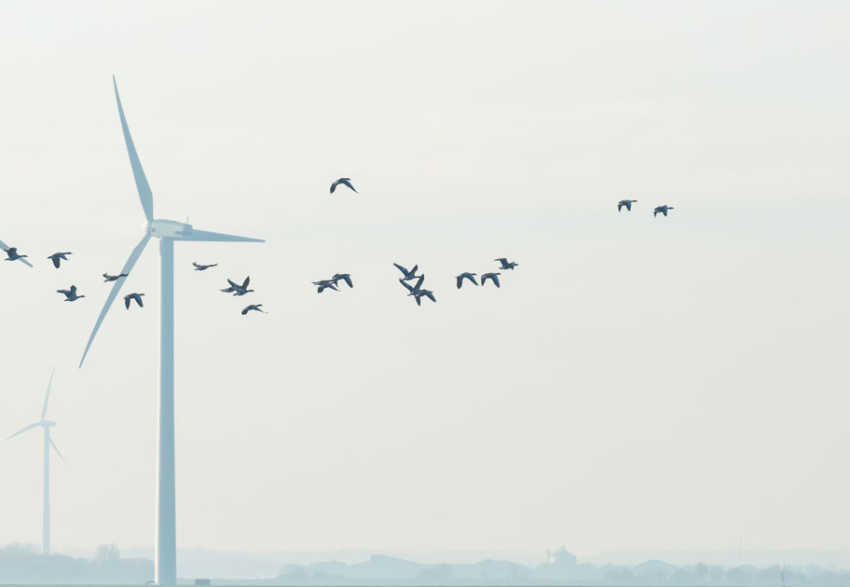
We analyzed survey transect data collected at wind farms to estimate the number of bird and bat fatalities per year. We used a probabilistic model to correct the estimated number of fatalities for carcasses that were not seen or were removed due to scavenging. Our model considered the effects of environmental conditions (time of day, wind speed, ambient temperature) and found that most bat deaths occurred at low wind speeds. This discovery allowed for a cost-effective change in wind turbine protocols to reduce bat deaths.

